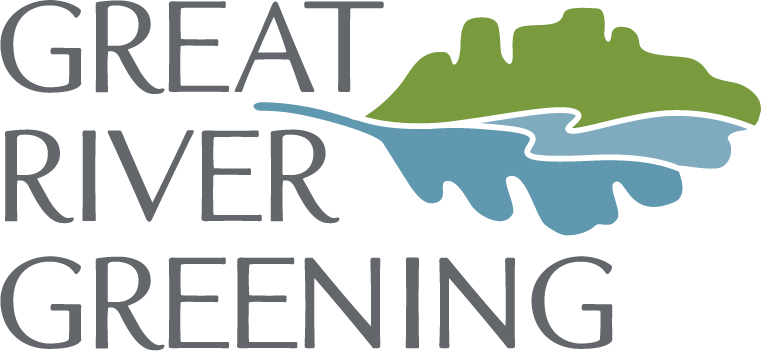
Anoka Sand Plain Partnership
The Anoka Sand Plain serves as a critical filter for the aquifer that provides the Twin Cities and east-central Minnesota with most of its drinking water. It is also a rich collection of natural resources, including two state Wild and Scenic Rivers and numerous wildlife management areas.
The Anoka Sand Plain Partnership is a coalition of 25 conservation stakeholders, led by Great River Greening, with a mission to bring together their collective expertise, resources and connections to advance terrestrial and freshwater resource conservation in this ecological region.
To maintain the health of this unique ecosystem and help restore what is damaged, the Anoka Sand Plain Partnership developed a 10 year strategic plan.
Protect the water quality and supply
Reduce the flow of pollutants and nutrients through the permeable soils into the clean, fresh water stored in the aquifers that provide the region with drinking water. For example, outdated or improper septic systems and nitrogen fertilizers leaching from agricultural lands and lawns produce nitrate pollution that can compromise groundwater.
Reduce the loss of wetlands and degradation of streams that provide a host of cost-free benefits, such as erosion control, fisheries habitat, flood control, ground water recharge and discharge, water filtering, wildlife habitat and recreation opportunities. Restore drained or tiled wetlands and riparian vegetation whenever possible.
Create good habitat and beautiful parks
Maintain and create corridors between wild land areas to help protect the biological integrity of local plant and animal populations.
Control and eradicate invasive species such as buckthorn, Tartarian honeysuckle, purple loosestrife and cow vetch. Alien species often out-compete and displace native Sandplain species, severely impacting the ecological makeup of the region.
Restore native plant communities, including oak savanna, prairie, wet prairies, rich fens, other nonforested wetlands and oak woodland habitats. Doing so not only benefits local plant and animal populations but also helps recharge underlying aquifers and helps protect the high water table from pollutants and agricultural chemicals and fertilizers.
How you can help the Anoka Sand Plain
Support and get involved with local groups, such as members of the Anoka Sand Plain Partnership, that are helping to protect this threatened resource. These groups provide a wide range of positive opportunities, including volunteer events, local natural area activities and conservation.
Become involved in your local city, township and county planning. Encourage efforts that protect ground water and the integrity of the remaining wild lands within the Anoka Sand Plain. By protecting the porous soils from excess nutrients and pollutant runoff, we can reduce the threat of expensive cleanup and health costs to both human and non-human residents.
Visit wild remnants of the Anoka Sand Plain in the various refuges, parks and wildlife areas. Excellent examples can be experienced at Carlos Avery Wildlife Management Area, Sherburne National Wildlife Refuge, Crane Meadows National Wildlife Refuge, county parks and eleven State Scientific and Natural Areas. See the list of websites on the back for locations.
Preserve or enhance your land. Private landowners who want to steward the land for future generations of humans, wildlife and native plants can make a huge difference. Contact Great River Greening or any of the members of the Anoka Sand Plain Partnership for information.
Major funding from the Minnesota Outdoor Heritage Fund through the Lessard-Sams Outdoor Heritage Council. Other funders include Connexus Energy, National Fish and Wildlife Foundation, and National Wild Turkey Federation.

